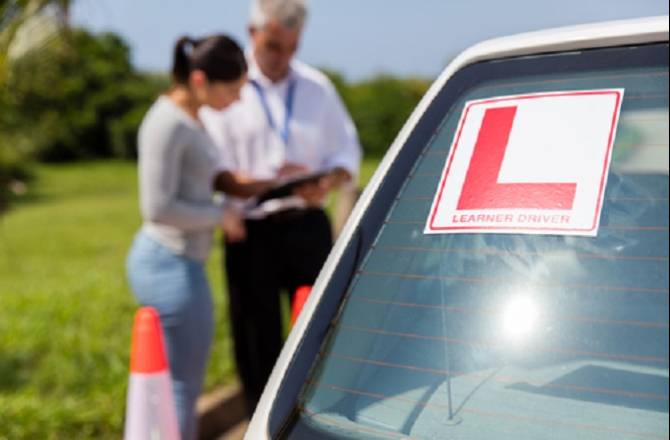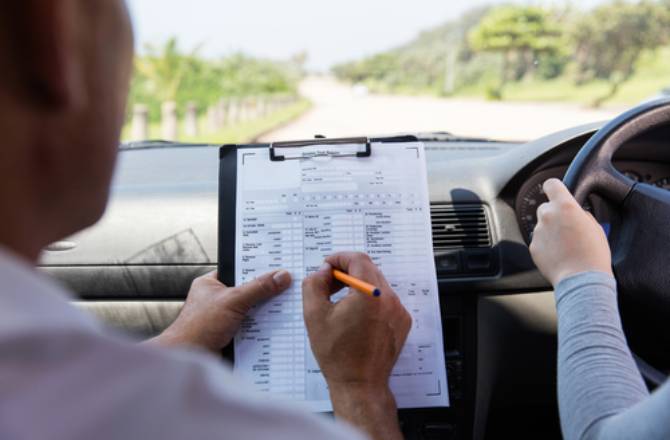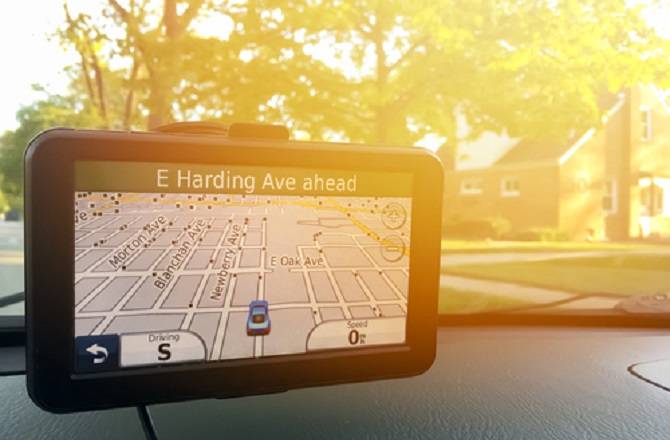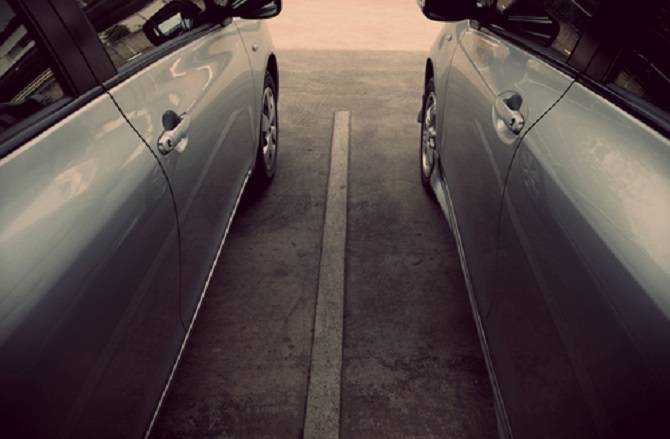Following a year-long trial, the DVSA have made the decision to update the way in which we are tested on our driving test. We’ve had a look and what has changed and why.

Why?
A modernised version of the existing driving test is on it’s way! The DVSA will be adding a few new elements to the current examination process. From Monday the 4th of December, those taking their practical driving test will face a slightly different array of challenges. Why? The DVSA has stated that it is to ensure that new drivers are safer, pretty straightforward. But what was wrong with the first one? Well, two reasons. One, the motoring world has changed drastically from technology to the accessibility of vehicles. Two, statistics concerning road safety and who is most vulnerable are pretty shocking.
The biggest killer of young people under the age of 24 is road traffic accidents. Shockingly, one in five newly passed drivers will crash in their first six months and although drivers aged 17 to 19 only make up 1.5% of the UK’s motorists they are involved in 12% of accidents that cause injuries that prove fatal and critical. So, given these figures, the Government has decided to change something in the hope of tackling these shocking statistics.
These changes are the most significant amends to the driving test process since the introduction of the theory test in 1996! Realistically, it’s probably about time!

What’s changed?
There are four main changes that are going to put in place in the hope to make the new test more inclusive of modern day driving demands and tactics. There has been a number of road safety organisations involved in the modernisation of the driving test.
Doubled the time of the independent drive
Currently the independent driving section makes up ten minutes of your test. In this part of the test you are expected to drive independently and usually consists of the driver being able to get somewhere following road signs without turn-by-turn instruction from the examiner.
This part of the test is set to double from ten minutes to twenty, which is just under half of the whole driving test.
Why?
One of the main complaints of the ‘old’ driving test is that you pretty much always drive the roads that you have spent the weeks leading up to your test learning on. These local roads become part of the learning process and a bunch of maneuvers on each section, and by introducing more independent driving you will have to think more about what you are doing and will be on a variety of roads. In essence, it imitates what actual driving would be like as much as it can given the test scenario.
Sat Nav integration
The independent driving section of your exam has not only doubled, but you will also be asked to follow directions from a sat-nav system. The examiner is kitted out with a sat-nav which they will then input a destination, you cannot use your own and will have to use the one provided by the instructor. AND, just to keep it interesting, one in every five tests will not use a sat-nav and drivers will have to follow road signs instead.

Why?
Well, this one is probably more obvious. Navigation technology has made it’s way into most vehicles as a standard feature. The use of a sat-nav is becoming more and more prolific and the DVSA have recognised this. The omission of the sat-nav in one of every five tests to ensure that learner drivers learn both skills and are prepared for both eventualities.
Manoeuvre changes
Currently, you are required to demonstrate one of three manoeuvres during your test. These are a parallel park, turn-in-the-road and reverse around a corner and, in addition to these, the examiner will be ask you to demonstrate an emergency stop. In the new 2017 test both the three-point turn and the reversing round a corner have been dropped in favour of a new manoeuvre! And now, you will be asked to do one of the following:
-
Parallel park at the side of the road
-
Park in a bay either by reversing in and driving out or vice versa
-
Pull up on the right hand side of the road and reverse two car lengths and then rejoin the traffic

Why?
The manoeuvres you are required to do in the existing test don’t represent real life driving, given the evolving motoring landscape, increase in cars and what daily driving actually demands. The RAC says that the current manoeuvre testing is “formulaic and usually takes place on quieter roads”, their point is that the skills that are asked of you in the test should not just be things that you have learnt to just pass a driving test but skills that will come into play during your actual day-to-day driving. The things you learn should benefit newly qualified drivers not just in a test scenario.
“Show me tell me” question while driving
In the current driving test, your instructor will ask you two questions before you set off, a ‘show me’ and a ‘tell me’ vehicle safety question. The difference in the new test will be that the question will be asked whilst you are driving.

Why?
Whilst there are some reservations about how much this may distract from the actual driving this can be offset by the fact that this knowledge is more likely to be called upon during in ‘real-life’ driving. For example, one of the questions could be to demonstrate how you clean the windscreen and every question will be prefaced with “when it is safe to do so”.
Motorway Driving
In no part of the current learning system or test will you be asked, or in this case, permitted to drive on the motorway. In the upcoming changes learners will be able to actually take lessons on the motorway, though, unlike the other mandatory changes, it is entirely voluntary and must only be undertaken with an approved driving instructor and in a car fitted with dual controls. However, this will not come into effect till 2018 and it will remain illegal for a learner to drive on a motorway till then!

Why?
Up until now, learner drivers have not been permitted to drive on motorways. So, before you actually pass your test you will never have driven on one. This in itself sounds ridiculous, but it is true, and so when it comes to answering why this is a thing it’s pretty much a no-brainer.
Will they work?
As mentioned, these changes are being put forward to try and combat the shocking statistics that we saw above. They are being implemented in a bid to improve road safety, especially where young drivers are concerned, though there is the argument that the high level of road accidents amongst young people is down to attitude as opposed to experience. Perhaps more stringent changes would need to put into place to combat this? So what extra actions could be taken?
-
Night Driving: Everyone of us can admit that nighttime driving has it’s challenges. Whether it’s distinguishing one road user from another, visibility of the road ahead or being blinded by oncoming vehicles driving at night definitely takes more concentration and awareness. Though there are less miles driven at night, the fatalities per vehicle-miles driven is higher at night, more than half of all road traffic accidents happen after dark. Other studies have highlighted the strong effect of overhead lighting and longer days in the summer months. Currently, advanced driving courses, such as the Pass Plus cover night time driving but it is entirely voluntary. Perhaps tackling this driving within the test would make the roads safer.
-
Black Box Insurance: These are boxes that are fitted to your car and record things like the drivers speed, distance travelled and, most importantly, it records the drivers behaviours. This means that things like frequent and hard braking, hard acceleration and cornering badly is all recorded and depending on the outcome affects the cost of your insurance. This telematics insurance could be made compulsory for young drivers, in this way, they will be aware of how their driving style affects their premiums and so encourage safer driving.

When?
4th of December 2017. It's been confirmed that the changes to the driving test will be coming into playl later this year.
What do you think of the changes? Do you think they’ll have an impact on road safety?